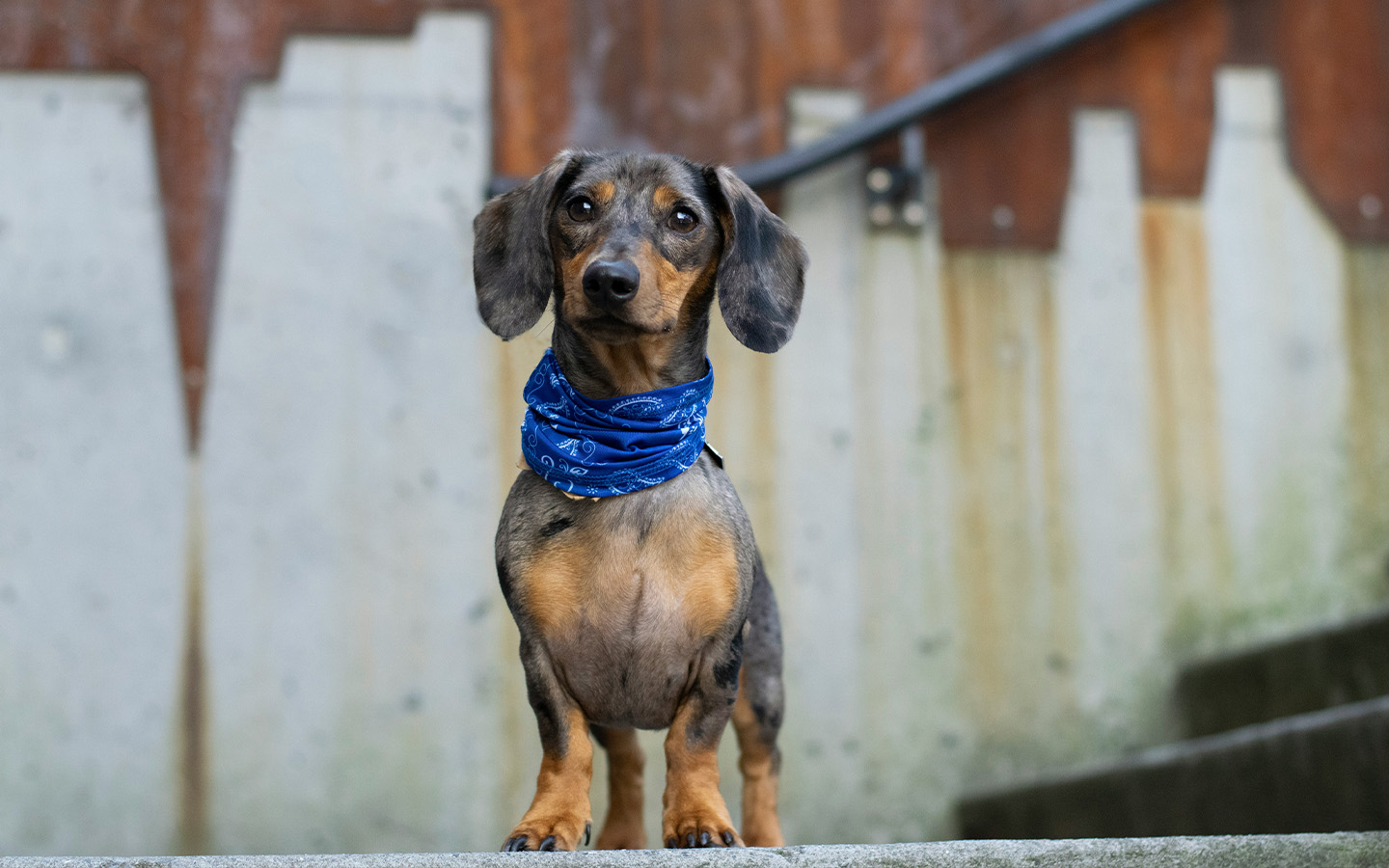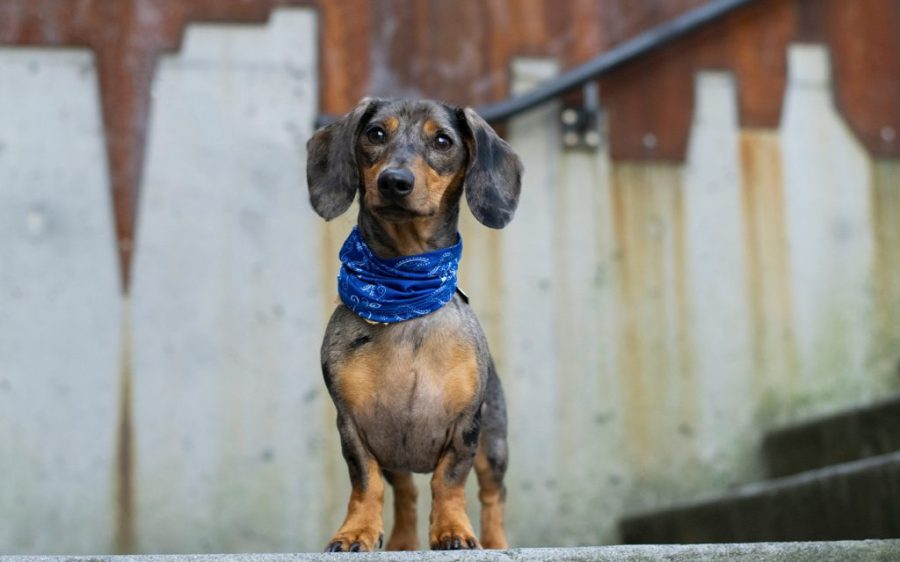The breeding of dachshunds – nicknamed “sausage dogs” and one of the most popular German dog breeds – could be banned in Germany if draft legislation currently under deliberation passes the country’s parliament, multiple news outlets report.
The rule forms part of the latest version of the Animal Protection Act, which seeks to put a stop to “torture breeding,” namely the reproduction of breeds that have characteristics that are painful and harmful to the dogs. These include hairlessness and flat faces, which can cause skin infections and breathing difficulties respectively. In the case of the dachshund, the characteristic short legs and long back make them susceptible to spinal issues.
Other dog breeds that could be affected include pugs, toy poodles, English and French bulldogs and cocker spaniels.
In response to the proposal, the German Kennel Club launched a petition on 21 March that calls for the bill to be amended, so as to prevent “incorrect or exaggerated interpretations.”
[See more: There are more unwanted dogs and cats in Macao but fewer adoptions]
The club fears that the law could cover any breed whose appearance “differs from the original wolf type.”
“We are not seeking to ban the dachshund,” a representative of the German agricultural ministry clarified in a CNN report. “What we are aiming at with this reform is a ban on torture breeding.”
Dachshunds are an iconic part of German life. Waldi, the mascot of the 1972 Munich Olympics, was based on the dog breed. Various historic figures beyond Germany’s borders, such as French emperor Napoleon Bonaparte and Spanish artist Pablo Picasso, were also proud owners of sausage dogs.
The dogs’ origins can be traced as far back as the 15th century when they were bred to hunt animals such as rats, rabbits and badgers.






